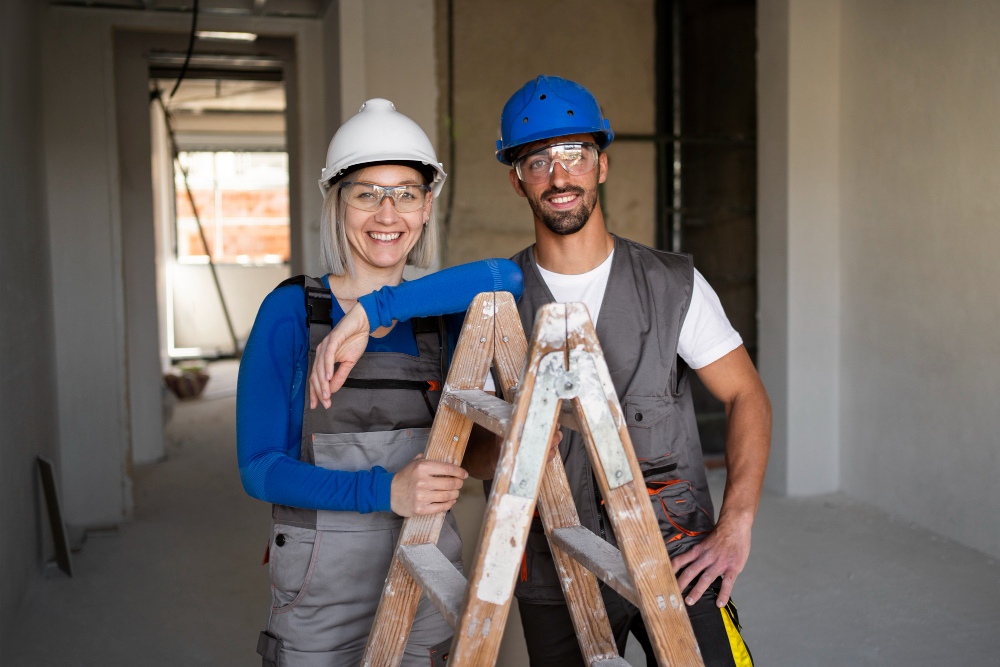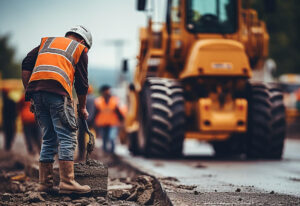What You Need To Know About Building Your Own Home

Building your own home is an exciting time but is a decision that needs to come with careful consideration and research first. From understanding legal requirements to choosing the right materials, every decision you make has a significant impact. This guide will navigate you through the essential steps and considerations, ensuring you are well-prepared for this ambitious journey. Read on to find out more.
Understanding Planning Permissions and Regulations
Before laying the first brick, it’s crucial to familiarise yourself with local planning permissions and building regulations. In the UK, obtaining planning permission from your local council is a must for anyone looking to build a new home. These regulations are in place to ensure that new buildings meet environmental, safety, and aesthetic standards. You’ll need to submit detailed plans that comply with local zoning laws, which could affect everything from the height of your building to the materials you use.
Budgeting Wisely
Creating a realistic budget is your next step. When building your own home, costs can quickly spiral if not managed properly. It’s essential to include every possible expense: from the price of land, legal fees, and planning permissions to the cost of construction materials and labour. Don’t forget to set aside a contingency fund, typically 10-20% of your total budget, to cover unexpected costs that inevitably arise during construction. Obtaining a structural warranty can also help make sure large costs can be reduced if they are covered by the warranty. Make sure you carefully choose the type of warranty you take out and what it covers to help reduce the risk of costly surprises and financial strains.
Choosing the Right Land
Selecting the perfect plot of land is about more than just its price or location. Consider the soil quality and topography, as these factors will affect your construction plans and costs. For instance, rocky or unstable soil might require special foundations, significantly increasing your budget. Also, check for utilities access such as water, gas, and electricity; if these are not readily available, you will need to factor in the cost of installing them.
Designing Your Home
Designing your home is perhaps the most thrilling part of the process. It’s where your dreams and ideas take shape. Engage with an architect who understands your vision and has experience with local planning laws. Remember, your home’s design should reflect your aesthetic and be functional for your lifestyle. Consider future needs, and ensure the layout allows for adaptability as your family or lifestyle changes.
Hiring the Right Contractors
Finding and hiring the right contractors is crucial for the success of your project. Look for teams with a strong track record and positive reviews from previous clients. Ensure they have the appropriate qualifications and insurance to protect you against any unforeseen issues. A good contractor will help keep your project on schedule, manage subcontractors effectively, and communicate transparently throughout the construction process.
Understanding the Construction Process
Familiarise yourself with the construction process to monitor progress effectively and make informed decisions. The process typically starts with site preparation, followed by laying the foundation, constructing the frame, installing the roof and windows, and finally moving to interior fittings and finishes. Regular site visits and meetings with your contractor will help ensure that everything is proceeding according to plan.
Going Green
Consider incorporating sustainable practices and materials into your home construction. Not only can green buildings help reduce your environmental footprint, but they may also result in savings through lower energy bills in the long run. Options like solar panels, rainwater harvesting systems, and energy-efficient windows can be upfront investments that pay off over time. Consider the upfront cost as well as the long-term savings green options can provide when creating a budget plan for your construction project.
The Importance of Inspections
Throughout the building process, and before you move in, it’s vital to have your home inspected by professionals. Structural inspections ensure everything is built to code and safe to inhabit. Additionally, these inspections are often required to secure a mortgage and insurance.
Decorating and Furnishing Your New Home
Once construction is complete, the final step before moving in is decorating and furnishing your new home. This stage is your opportunity to personalise each space to suit your taste and needs. Consider the interior flow and how the spaces will be used, which will guide your decisions on choosing furnishings and decorations.
Conclusion
Building your own home is a rewarding endeavour that allows you to customise every aspect of where you live. Although it requires significant time, investment, and planning, the result is a home tailored specifically to your preferences and needs. With careful preparation and attention to detail, you can navigate the complexities of home construction and enjoy the process of creating a space that truly feels like yours.




